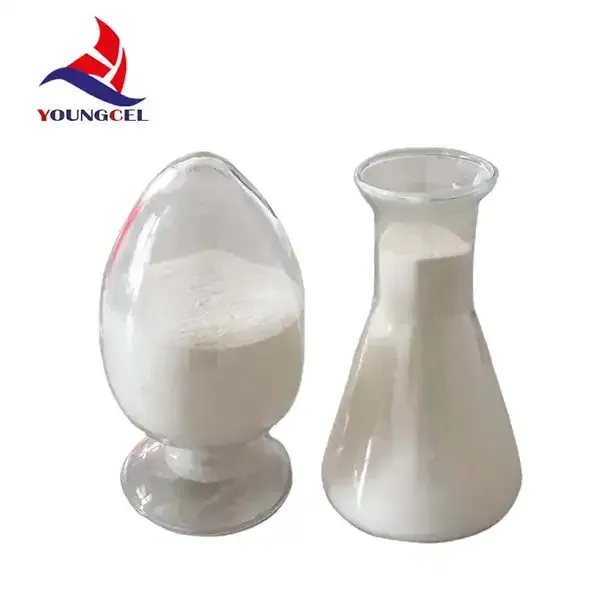Chemicals Used in Paints Understanding Their Roles and Impacts
Paints are an essential part of our daily lives, providing color, protection, and aesthetic appeal to a variety of surfaces, from interior walls to outdoor structures. However, the effectiveness of paint is largely contingent upon its chemical composition. The primary ingredients found in paints can be categorized into pigments, binders, solvents, and additives, each playing a crucial role in the paint's overall performance and characteristics.
Pigments
Pigments are the colored particles that give paint its hue and opacity. They can be organic or inorganic and are responsible for the paint's appearance. Organic pigments are derived from carbon-based molecules and often produce vibrant colors. However, they can be less stable under exposure to light, which may cause fading over time. Inorganic pigments, such as titanium dioxide, are commonly used for their durability and lightfastness. They provide excellent coverage and are relatively resistant to environmental degradation. The choice of pigment can significantly affect the gloss, dryness time, and weather resistance of the paint.
Binders
Binders, or resins, are another crucial component of paints. They hold the pigment particles together and help the paint adhere to surfaces. Different types of binders contribute various properties to the paint. For example, acrylic, alkyd, and epoxy resins are popular choices, each offering distinct benefits. Acrylic binders, known for their durability and flexibility, are often used in water-based paints. Alkyd resins provide excellent gloss and hardness, making them ideal for oil-based paints. Epoxy resins are highly resistant to chemicals and moisture, making them suitable for specialized applications such as industrial coatings.
Solvents
chemicals used in paints

Solvents are the liquids that dissolve the binders and pigments, enabling the paint to be applied smoothly. They play a vital role in adjusting the viscosity and drying time of the paint. While traditional solvent-based paints use volatile organic compounds (VOCs) as solvents, there is a growing trend toward water-based formulations. VOCs can evaporate into the atmosphere during application and drying, contributing to air pollution and potential health risks. As awareness of these risks increases, many manufacturers are developing low-VOC or VOC-free alternatives, which are less harmful to both the environment and human health.
Additives
Additives are special chemicals added to enhance specific properties of the paint. These can include surfactants, which improve the wetting and spreading abilities of the paint; thickeners, which modify the viscosity; and preservatives, which prevent microbial growth. Other additives can improve durability, UV resistance, and even reduce the flammability of the paint. The careful selection of additives can greatly enhance the usability and longevity of the final product.
Environmental and Health Considerations
While paints serve functional and aesthetic purposes, the chemicals used in them can raise environmental and health concerns. The release of VOCs during application and drying can contribute to indoor air pollution, impacting health and well-being. Moreover, some pigments and additives may pose toxicity risks. Therefore, it is essential for consumers to be informed and choose paints that align with health and safety standards, such as those certified by agencies like Green Seal or the Environmental Protection Agency (EPA).
In conclusion, the chemicals used in paints are diverse and vital for their performance. Understanding the roles of pigments, binders, solvents, and additives can help consumers make informed choices. As the paint industry continues to evolve, focusing on eco-friendliness and sustainability will be key to minimizing the environmental impact and promoting safer alternatives for consumers. By opting for lower-VOC and environmentally responsible products, we can enjoy the benefits of paint while supporting a healthier planet.
-
The Application and Significance of Construction RdpNewsMay.19,2025
-
Industrial Grade HpmcNewsMay.19,2025
-
Building Coating Adhesive Building Coating Adhesive HpmcNewsMay.19,2025
-
Application Of Hpmc For Detergent For Detergent In DetergentsNewsMay.19,2025
-
Application Of Hpmc Cellulose In Cement-Based MaterialsNewsMay.19,2025
-
Application Of High Quality Hpmc For Construction In The Field Of ConstructionNewsMay.19,2025




